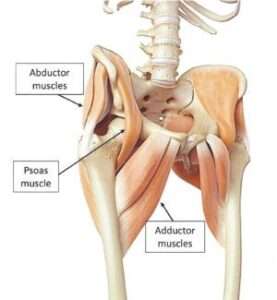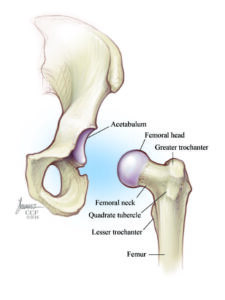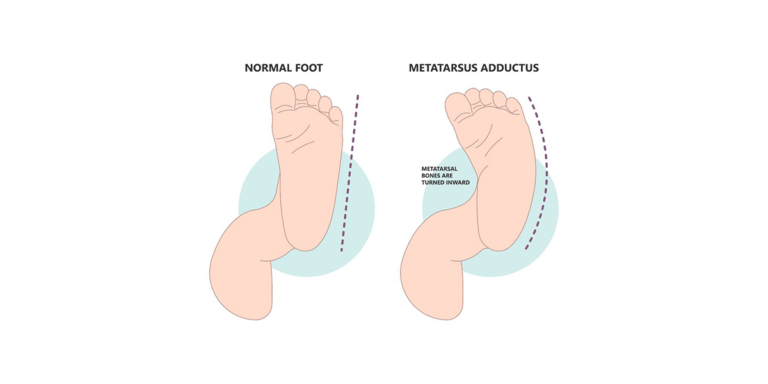Hip Developmental Dysplasia-Dr Owais Rafiq
- Dr Owais Rafiq
- February 16, 2024
- 6:44 pm

Hip Dysplasia: Diagnosis and Treatment Options
In youngsters with DDH or formative hip dysplasia, the ball at the highest point of the thigh bone isn’t steady inside the attachment. The tendons of the hip joint that maintain a reasonable level of control may likewise be free. The hip can dislocate early in a child’s life and not be noticed until the child begins to walk. Treatment, as a rule, includes
- the utilization of support,
- a non-surgery under sedation, or
- an activity to address the dysplasia and hip position.

How do you know if your youngster has hip dysplasia?
There are various pointers that the guardians can get that could be useful in the early discovery of an unusual hip joint
- Solid hip joint.
- Has legs of various lengths.
- Shelter the impacted side while strolling
- Has an outward turning of the leg on the impacted side
- Lopsided skin folds in the crotch and thigh.
What Causes Formative Dysplasia of the Hip/DDH?
To facilitate the delivery of the baby through the mother’s pelvis, pregnant women secrete hormones into their bloodstream that help the ligaments relax. Some of these chemicals might enter the child’s blood, making the child’s tendons loose, too. This can make the hip joint free in the attachment.
How the child lies in the uterus can likewise make the hip disengage. DDH can affect one or both hips, and it is more common in girls, firstborn babies, babies born breech, and families where siblings or parents already have a dislocated hip.
Also, Check: how flat foot affects the children

How is Disengaged Hip Dysplasia Analyzed?
More often than not, a careful actual assessment of the kid is adequate to make the determination, particularly in instances of a separated hip. In situations where the hip is free despite everything that exists in the attachment, an ultrasound evaluation would give a reasonable conclusion in a more modest kid.
If your youngster is over 4 months old enough and formative dysplasia of the hip is associated, then a plain radiograph with the hip is like ultrasonography.
When to see the Specialist?
It means a lot to check and treat formative dysplasia of the hip or DDH as soon as possible. The child may develop a painless limp when walking if DDH is not treated. They may develop a waddling gait or step on their toes. In time, joint inflammation might be fostered in untreated hip joints, which might become difficult.
Also, Check: pain relief for children

What are the Treatment Choices for DDH?
Understanding and treating developmental dysplasia of the hip (DDH) in children is essential for their long-term health and mobility. Treatment options range from splints to closed reduction/open reduction, and surgery to the thigh or pelvic bone, depending on the severity and age of the child. Opportune mediation, whether through support, decrease, or medical procedure, can further develop the kid’s personal satisfaction and forestall future difficulties. Guardians assume a huge part in noticing signs and looking for clinical direction. By working intimately with medical services experts, we can guarantee the most ideal results for kids with DDH.
Dr Owais Rafiq
Subscribe to Dr Owais YouTube channel
For parenting advice, child health, symptoms, causes and treatment of illness in children.





